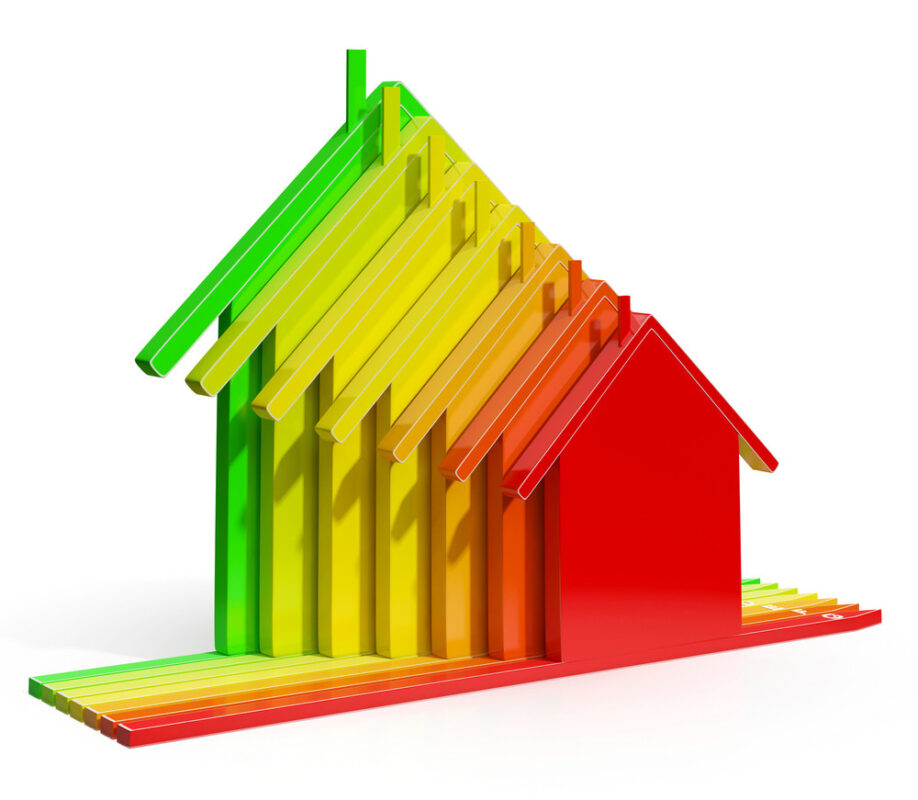Design options, styles, features, and related costs vary in home remodeling. Renovation doesn’t mean you have to change every lifestyle element of your home. It may mean an upgrade or adding features to the existing ones. However, according to Home Advisor, the top three recently completed home projects are interior painting, bathroom remodeling, and new floor installation. Most of these projects aim to reduce energy expenses and improve a home’s value in the long run. Below are some energy-efficient ideas you can apply to your next renovation project.
1. Seal the Doors and Windows
Consider the simple things first. Window and door sealing are simple, easy do-it-yourself improvement ideas that help insulation by mitigating air leakages. During winter, capped doors keep out the cold air and retain the heated indoor air. Sometimes, you need to buy new doors and windows if the current ones are not functional. Go for the triple-pane windows to improve passive indoor cooling and heating.
2. Shift to Energy-Efficient Lighting
In your renovation, forget about the incandescent lighting and focus on the LED light bulbs. These bulbs have a wide variety and long lifespan so they will serve you throughout the year. Consequently, you will incur lower energy bills as you reduce the unwanted heat in your room.
3. Replace All the Old Appliances
Most homes have one or a few appliances. Appliances may include humidifiers, purifiers, freezers, refrigerators, dishwashers, dyers, and many more. The condition of these appliances defines how long you will stretch to meet your bills. Make a point to buy certified devices that use less energy to function and enhance your lifestyle entirely.
4. Install a New Energy-Efficient Roof
Different roofs are characterized by many distinguishing factors such as lifespan, durability, sizes, shapes, and designs. According to NAHB, a roof’s lifespan is between 20-50 years, depending on its material. Purchase a durable roofing material for long-term efficiency. Your tops are vital in realizing an energy-efficient home by all means. It also sets your lifestyle standards and adds to the general home design. Buy energy-efficient roofs to define comfort in your home by controlling indoor heat.
5. Add Fans to the Ceiling
Fans work best in the most engaged rooms in your home, for example, the living room. Make use of the ceiling for fan installation to cool the indoor air. Most people, however, do not understand the role of fans in energy efficiency. Here is one- fans reduce the overall energy costs, so you can save more and channel the amount to other financial sub-divisions.
6. Invest in HVAC Systems
Efficiency goes hand in hand with air conditioning. Efficient air conditioning means cooling and warming your rooms using less fuel or electricity. A study shows that air conditioning energy use would be reduced by 20-50% if you shift to high-efficient air conditioners and take other home cooling actions. The conditioners cut the energy costs that you could have paid for. Also, install a programmable thermostat for independent control.
7. Install Thermal and Air Barriers
Add an air barrier for sealing penetrates and cracks to prevent unwanted air movement in your renovation. Balanced control reduces contaminants and improves the quality of indoor air. On the other hand, thermal barriers lessen the cooling and heating load.
8. Add Mechanical Ventilation Systems
Install one or two dedicated exhausts to control indoor air quality. Also, the ventilation system will guarantee you fresh air supply from the outdoor surroundings. Lastly, ventilation prevents moisture buildup. High moisture fastens the growth of molds and mildew.
9. Install Efficient Solar Panels
Solar panels use the sun’s heat to generate power. Hence, shifting to solar panels can reduce water heating and cooling expenses. They also reduce lighting expenses since you can now use solar as a source of lighting energy.
Energy prices are increasing daily, and you look forward to employing any idea that lowers the cost even by a small percentage. As you work towards meeting your lifestyle needs, look beyond the features that reduce your energy expenses.



